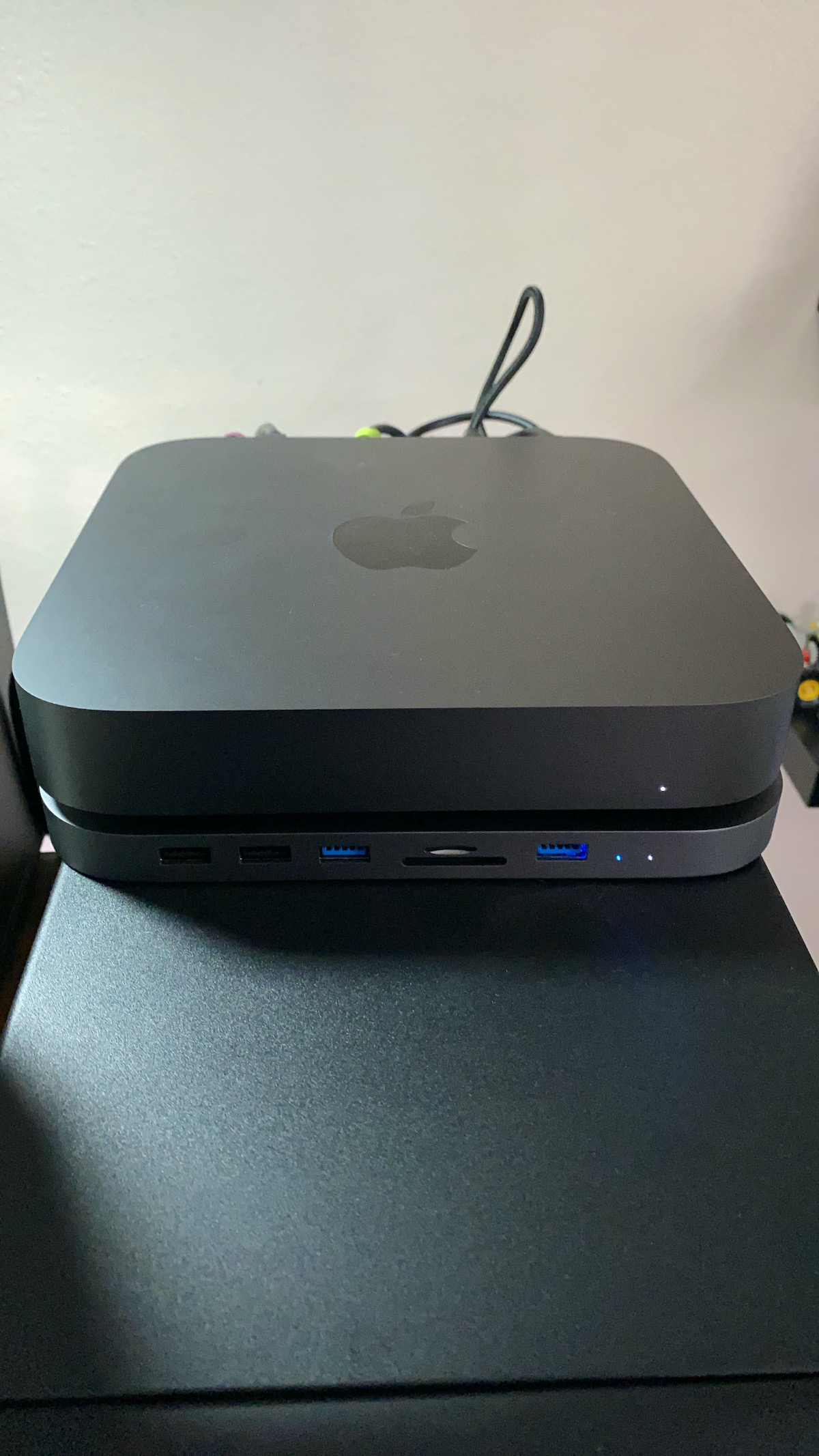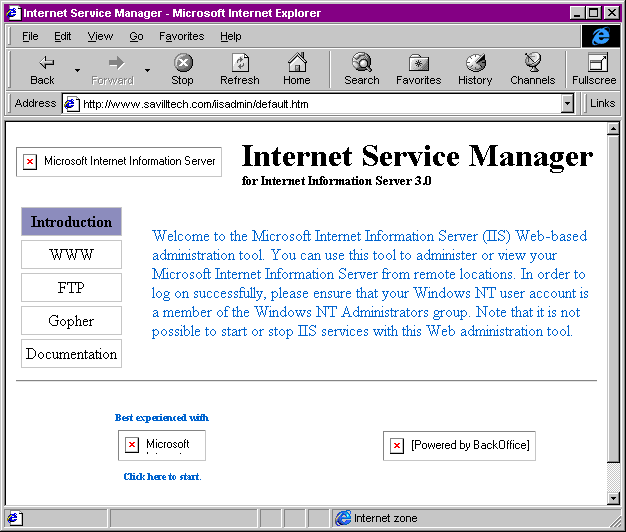
- #BLACKMAGIC DISK SPEED TEST DOES NOT STOP BY ITSELF FULL#
- #BLACKMAGIC DISK SPEED TEST DOES NOT STOP BY ITSELF PRO#
Separate enclosures with active cooling systems have to be powered separately, from the same UPS as the Mac. Even with encryption enabled, the risk of theft or loss of a compact external SSD is often greater than that of a whole Mac. To retain the privacy and security of the data stored on an external SSD, it would also need to be encrypted, which is likely to impose overhead and reduce performance further. Of the three classes tested, only one has FileVault turned on, the internal SSD. It’s easy to forget that the comparisons above aren’t fair. It’s also important to remember that the performance of SSDs improves with larger capacity, although I don’t know of any simple rule of thumb which can be used to predict how much faster a 4 TB unit would be than 2 TB. I don’t have access to a Studio Ultra to measure the performance of its internal SSD. Thus, Apple’s internal SSDs in these models are more than twice the speed of external NVMe/TB3 SSDs, and more than 13 times the speed of the best SATA-USB SSDs.

#BLACKMAGIC DISK SPEED TEST DOES NOT STOP BY ITSELF PRO#
The beefy fan system in the Mac Studio should be even more resistant than the MacBook Pro 16-inch. Because the two M1 models tested both have active cooling systems, even Stibium’s demanding write tests failed to result in thermal throttling. With both M1 Pro and Max chips, a 2 TB internal SSD should exceed 6.5 GB/s read, and is even faster at more than 7 GB/s when writing. Internal SSDs in T2 and M1 Macs comfortably exceed the performance of external SSDs, and in the latest models are in a class of their own. Newer SSDs can also achieve slightly better performance, but generally top out at 3 GB/s. Newer designs and SSDs can stave off thermal throttling better than the Samsung X5, but when sustained writes are likely, only an actively cooled enclosure can prevent throttling from occurring. That caused performance to be limited to 700 MB/s, and the best performance attained less than 2.3 GB/s write speed. This was most obvious with the tests in Stibium, which write a total of 54 GB in 160 files. However, their performance can be let down, as seen here, by thermal throttling during write testing. NVMe SSDs connected via Thunderbolt 3 delivered excellent read speeds typically between 2.5 and 3.0 GB/s, that’s more than five times the best speed you’re going to achieve from SATA-USB. Even under ideal conditions, limitations of the SATA interface used in cheaper SSDs and cases mean that transfer speeds over 500 MB/s are unusual. Interestingly, the slower rates shown in the table were achieved over an indicated connection speed of 10 Gb/s, with the Studio Max significantly higher transfer rates were measured on the MacBook Pro, although its indicated connection speed was only 5 Gb/s. In broad terms, SATA-USB SSDs achieved 300-450 MB/s transfer rates.

I also refer to the results which so many of you have kindly included in comments to my articles this week, which give a good idea of the ranges of performance you’re experiencing.Īll disks were connected directly to a Thunderbolt port on the Mac being tested.ĭetailed results are given in the table below.

A Samsung 860 EVO 2 TB with an ASMedia Technologies interface and a Belkin certified Thunderbolt 3 cable of 0.8 m.A Crucial 750 GB CT750MX300SS with a VIA Labs (VLI) interface and a certified Thunderbolt 3 cable of 0.8 m.A Samsung X5 512 GB SSD, connected using a CalDigit TB4 passive cable of 0.8 m.Stibium 1.0, writing 10 repeats of Write Series, and one of Read Folder, without a restart between them.Blackmagic Disk Speed Test 3.3, with Stress set at 5 GB.AmorphousDiskMark 4.0, with Test Count set to 5, and Test Size set to 1 GiB.
#BLACKMAGIC DISK SPEED TEST DOES NOT STOP BY ITSELF FULL#
Both are running Monterey 12.3.1 with no relevant system extensions, in Full Security mode, and with FileVault turned on. The two Macs I’ve been testing on are a MacBook Pro M1 Pro 16-inch, and a Mac Studio Max, each with 32 GB of memory and an internal 2 TB SSD which is currently lightly loaded.

To bring to an end what’s turned out to be a week getting inside SSDs, this article provides representative performance figures for different classes of SSD when used with Apple’s current range of M1 models.


 0 kommentar(er)
0 kommentar(er)
